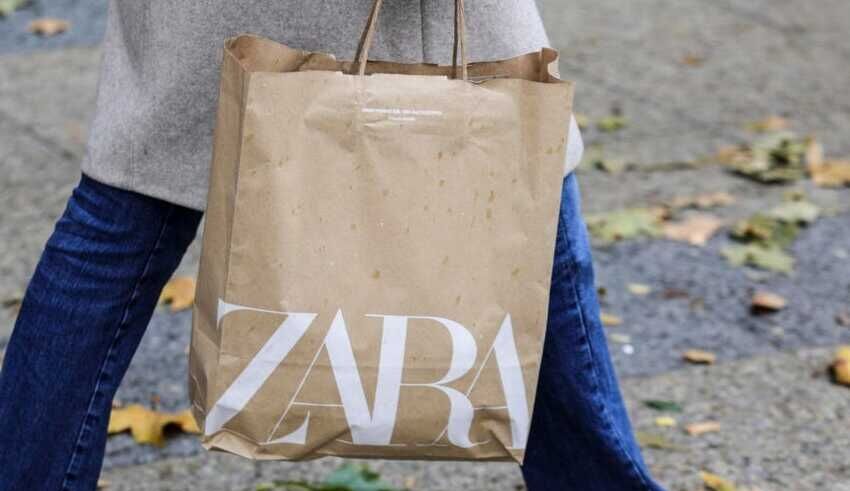
In A Coruna, Spain, two conflicting fashion business models meet, pitting the rising need for the garment sector to become more environmentally friendly against the ongoing need to promote sales.
This gloomy, windy, Atlantic coast city is the odd home of Inditex, the world’s largest fast fashion store and owner of Zara.
It also features tiny stores selling high-quality, long-lasting goods as an alternative to the rapid and inexpensive fashion that drives Inditex’s yearly revenue of 30 billion euros.
That year, the European Union vowed to stop the “overproduction and overconsumption of apparel”; the vast clothing output of Inditex was a contributing issue. By 2030, all clothing sold within the bloc must be “durable and recyclable.”
Environment commissioner Virginijus Sinkeviius told Reuters on the sidelines of an event in Portugal last week that the EU will present its most major measures for the industry at the end of March.
The European Commission seeks to guarantee that enterprises only produce the quantity of goods they require. Sinkeviius stated that the government will refrain from imposing limitations, instead requiring enterprises to self-regulate in order to be considered viable.
“You will have to collect it if you unleash tons and lots of clothing, fabrics, and shoes onto the market,” he remarked.
Keep Reading
Every year, the EU discards around 5.8 million tons of textiles, which is equivalent to 11 kg (24 lb) per person. According to EU statistics, a truckload of textile items is landfilled or burnt somewhere in the world every second.
According to its annual report, Inditex had 565,027 tons of clothing on the market in 2021, up from 528,797 tons in 2018. When its 2022 annual report is issued next month, the corporation may declare a further rise.
So yet, Inditex has shown no signs of output slowdown. Nonetheless, it is altering some procedures in an effort to lessen its environmental effect while maintaining its frequent release of new product lines.
Inditex told Reuters via email that employing recycled materials and reducing water, energy, and raw material use are important to this goal.
“We feel it is not a matter of how much (is produced), but rather how,” the business stated.
In 2021, 50% of Inditex’s garments were produced in a more sustainable manner, such as by using organic cotton or fibers that do not pose a threat to endangered forests, compared to just 9% in 2018, according to the company’s annual report, which did not specify how these materials reduce the company’s environmental impact.
Inditex stated in email replies to concerns that it adapts output to meet client demand and that just 2% of inventory must be recycled or given.
The corporation aims for net zero emissions by 2040, and its plan has been endorsed by the Science Based Targets Initiative (SBTi), an organization that evaluates the sustainability policies of businesses.
Also Read:- Thai tourist theft allegations against transport security workers




